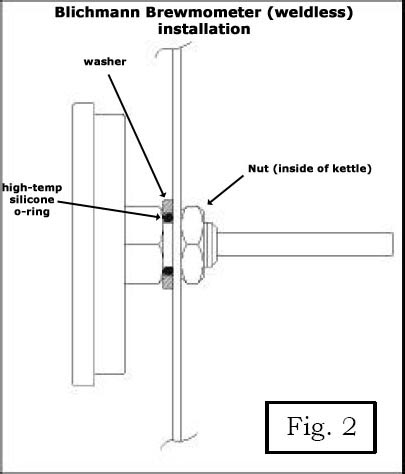Well that is very debatable. The Boilermaker has stepped bottom, perfect for a false bottom, are there other kettles with this design feature? The sight glass is protected borosilicate glass, and the design is unlike anything available on the market. Yes, you could get by with a stainless elbow and a piece of plastic tube, similar but not the same thing. The valve is a three piece unit, readily available but not cheap. The snap-in dip tube is a great design, and again, no one offers anything with the same quality and convenience. The adjustable thermometer is not the same as a standard $30 thermometer.
To me the above is well worth the extra ~$200, IMHO those that say they can get the same for less are comparing apples to oranges, R&D is not cheap. Can you get a valve, plastic sight glass, amd thermometer for less than $200? Sure you can, but they wont compare to what the boilermaker offers in quality or design. The real question is if this matters to you, to some no but Blichmann seems to be doing well so there's obviously a market for those looking for high end equipment?












































![Craft A Brew - Safale S-04 Dry Yeast - Fermentis - English Ale Dry Yeast - For English and American Ales and Hard Apple Ciders - Ingredients for Home Brewing - Beer Making Supplies - [1 Pack]](https://m.media-amazon.com/images/I/41fVGNh6JfL._SL500_.jpg)













